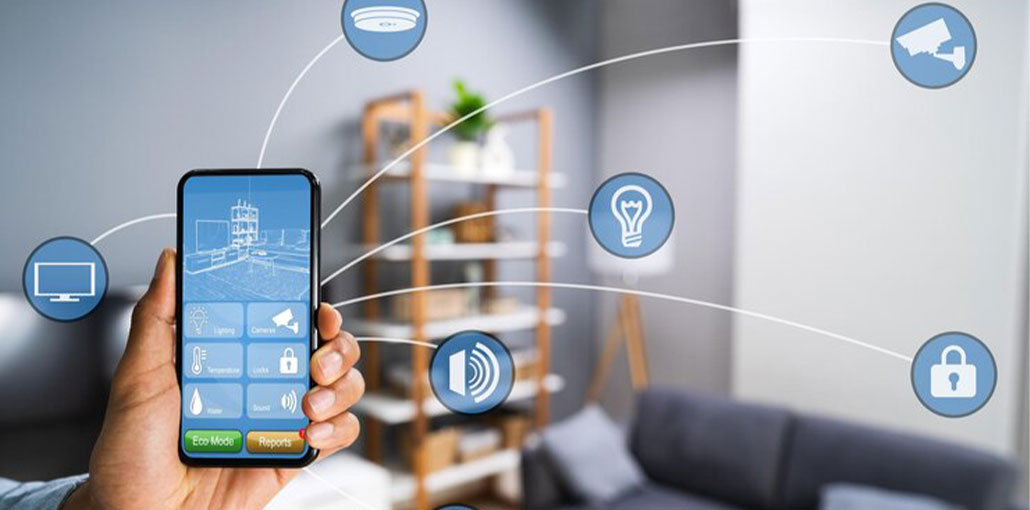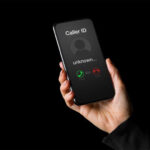It’s easy to forget how much the internet has changed in just a couple of decades. The dial-up tones that once signaled a slow march to connectivity feel like something from another century, which they technically are. But even as cable broadband became the standard, the demands on home internet outpaced its capacity. Video calls, streaming in 4K, smart devices in every room — it all stacks up. That’s where Quantum Fiber steps in, taking the idea of high-speed internet from a marketing promise to a daily reality.
Building An Infrastructure That Works For Real Life
The difference between a fast connection on paper and one that holds up in practice is huge. Quantum Fiber is built around fiber-optic lines, which means data travels at the speed of light rather than through copper cables prone to interference and slowdowns. This isn’t just a win for tech enthusiasts; it’s a practical upgrade for anyone working from home, managing connected devices, or streaming without wanting to hear the dreaded loading icon. By prioritizing symmetrical speeds, users get uploads just as fast as downloads, so sharing large files or running video conferences feels effortless.
Fiber also scales better over time. While older infrastructure hits performance ceilings, fiber lines can handle growing bandwidth demands without needing constant overhauls. It’s a quieter, more efficient form of progress — one that delivers without the drama of service disruptions or spotty connections. Quantum Fiber has leaned into this, making reliability a cornerstone of its rollout strategy.
A Network That Delivers
Quantum Fiber is a fiber-optic ISP that delivers fast, reliable internet to homes across the country. The company’s expansion isn’t a scattershot approach; it’s targeted, focusing on areas where they can make the biggest impact and keep quality consistent. Instead of racing to claim the largest coverage map overnight, they’re building in a way that ensures each community gets the service level promised.
Customers often notice that stability is as important as raw speed. Streaming platforms don’t care if your connection is rated for a gigabit if it wobbles during a big game or a live event. With fiber, latency drops to the point where real-time applications — think gaming, telehealth, or collaborative work tools — feel real-time. For many households, that’s the difference between tolerating an internet provider and being genuinely satisfied with one.
Also read: How to Protect Your Smart Home From Hackers
The Fiber Advantage In A Connected Home
It’s not just about faster Netflix buffering. A home running on fiber can handle a surprising number of simultaneous connections without breaking a sweat. In a family with multiple remote workers, students on video calls, smart appliances checking for updates, and someone streaming UHD content, the network doesn’t hit a bottleneck. That’s because fiber doesn’t have the same congestion issues as older cable systems, which often slow down during peak hours.
There’s also a longevity factor. Once a home is wired for fiber, it’s set for years of technological evolution. As new streaming formats, connected devices, and bandwidth-heavy applications emerge, the existing infrastructure can handle them without ripping up streets or rewiring neighborhoods. That’s future-proofing in a very real sense — an investment that keeps paying off as the internet grows more demanding.
A Smarter Way To Expand Access
Bringing fiber to more homes isn’t as simple as flipping a switch. It requires coordination with local governments, meticulous installation planning, and often the patience to do things the right way instead of the fast way. Quantum Fiber’s approach has been to scale deliberately, adding markets where they can sustain quality rather than overpromising and underdelivering.
This methodical growth matters. Households signing up for service are not just getting what’s available today; they’re buying into a network that can keep pace with what they’ll need tomorrow. That’s especially relevant as more industries move online, from education to healthcare to entertainment. The stability of the connection becomes part of a household’s foundation, much like electricity or water.
Why Fiber Wins On Reliability
Speed tests make for nice marketing graphics, but they only tell part of the story. What sets fiber apart is how consistent it is under load. Cable networks share bandwidth among multiple households, so peak usage can mean a noticeable slowdown. Fiber delivers a dedicated connection that doesn’t sag when everyone in the neighborhood logs on at the same time.
This reliability is also a security benefit. Consistent uptime and low latency reduce vulnerabilities in certain applications, particularly for businesses operating from home offices. For those who rely on cloud-based tools, that stability can mean fewer interruptions and less downtime.
Also read: Internet Speed Tips: Which Ethernet Cable to Use
The Environmental Side Of Fiber
It’s not talked about as often, but fiber infrastructure tends to be more energy efficient than older copper-based systems. Fiber uses less power to transmit data over long distances, which adds up when you think about the scale of national networks. As Quantum Fiber expands, this efficiency becomes part of the long-term benefits for both consumers and the grid. Lower maintenance demands also mean fewer service calls and less physical disruption to communities over time.
For environmentally conscious households, that’s another layer of appeal. A fast, stable internet connection that doesn’t guzzle unnecessary energy is one less compromise to make when balancing performance with sustainability.
How To Improve Your Website With Fiber Speed
For anyone running a personal site, an online store, or even just managing a portfolio, the speed of your connection plays a bigger role than most people realize. Uploading high-res images, backing up site data, and handling video content all happen faster on fiber. That means more time spent refining content and less time staring at progress bars. If your goal is to improve your website, a robust home connection can be as important as the software or hosting platform you choose.
Developers and digital creatives also benefit from reduced latency in remote collaboration. Real-time editing sessions, large asset transfers, and even cloud rendering become smoother experiences. In practical terms, fiber lets you move at the pace your ideas demand rather than the pace your internet allows.
Closing Perspective
Fiber isn’t just an upgrade — it’s the internet connection that finally feels built for how we live now. Quantum Fiber is rolling it out in a way that values consistency as much as capability, ensuring that households can depend on it for years to come. As connected living becomes the default, having an infrastructure that quietly handles whatever we throw at it may be the smartest tech choice a household can make.










Leave a comment